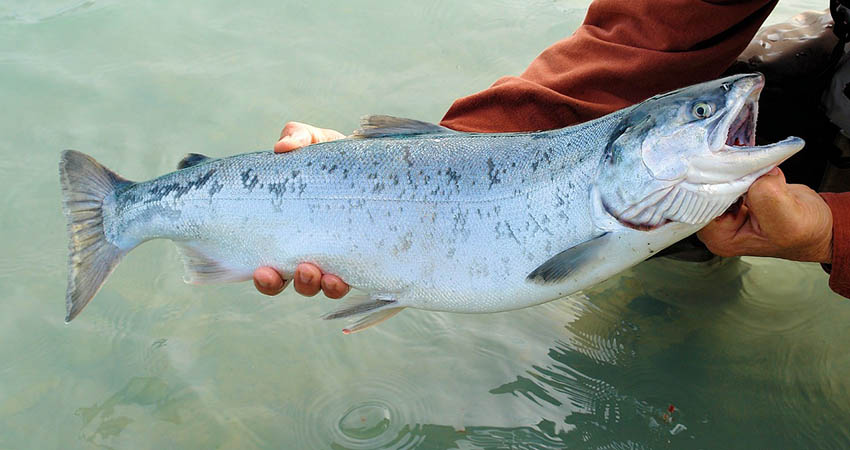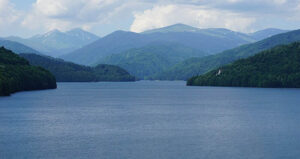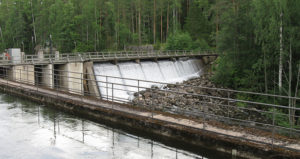Sélune river revival after dam removal

-
 Fergal MacErlean
Fergal MacErlean
Share article:
The removal of dams in the Sélune river in northern France is a success. Environmentalists recently found sea lampreys, eels and salmon. After more than 90 years the river, which empties in the bay of Mont St Michel in Normandy, flowed freely again in late 2022. This was the result of the full removal of the Roche qui Boit dam and the removal of a bigger dam, at Vezins, in 2020.
Recently research director for the national research institute, Inrae, Jean-Marc Roussel described the first results of this ecological restoration operation as ‘spectacular’ in reference to the return of sea lampreys, European eels and Atlantic salmon. Scientists also found that the temperature of the opened river had decreased by 2C. Laura Soissons, an Inrae research engineer, who coordinated the monitoring, with colleague Jean-Marc Roussel, noted that vegetation had returned to the banks, despite the scale of the construction site in recent years. And the sediments, once trapped by the dams, have resumed their natural transit.
Resilient rivers
“We went from a fairly artificial ecosystem with unstable biodiversity, to something more stable and resilient,” Jean-Marc Roussel said. The Inrae scientist added this would be important to give the river ‘greater robustness in the face of the expected rise in temperatures’. Roberto Epple, Founder and President of the European Rivers Network (ERN) said: “Dismantling this ancient hydropower dam and freeing up the Sélune is a landmark in Europe’s attitudes to its rivers.”
Biggest dam removal Europe
The removal of the 36-metre-high Vezins Dam was a historic moment as this was the biggest dam removal in Europe. Older dams are generally not designed for water discharge outside an accepted flow exchange. They are also likely to have reached high sedimentation rates which could threaten structural integrity. And as a result of ongoing and future climate change disturbances and predicted severe floods, serious threats to humans and infrastructures are now recognized, Dam Removal Europe says.
Lost hydropower
The dam removal in the Sélune river was necessary to comply with the rules of the European Water Framework Directive (Directive-Cadre sur l’Eau). The Roche qui Boit hydropower dam was removed by its owner, EDF, in partnership with the French government. Critics argued against the removal of the dams as they helped to produce 90,000 Volts of electricity annually. Three local politicians were vociferous in their opposition, citing the removal of the energy source and as an unintended tool to combat floods. France
EU biggest producer of hydropower
France has developed its gross hydropower potential (excluding overseas territories) to more than 90%. This production plays a very important role in the energy mix of the country (13% on average of the total electricity produced in France), positioning it as the largest producer of hydroelectricity in the European Union (France 67TWH/year, Switzerland 31TWH/year), according to a 2017 IHA report.
Dam removal Sélune
ERN argues that the priority must to reduce France’s overall energy consumption and that it is important to study and encourage the use of new technologies related to renewable energies, whether or not they are hydroelectric. France’s objective in the framework of the Energy Transition is to reduce energy consumption by 50% by 2050. More than 6,000 dams have been removed across Europe according to data compiled by Dam Removal Europe.
















